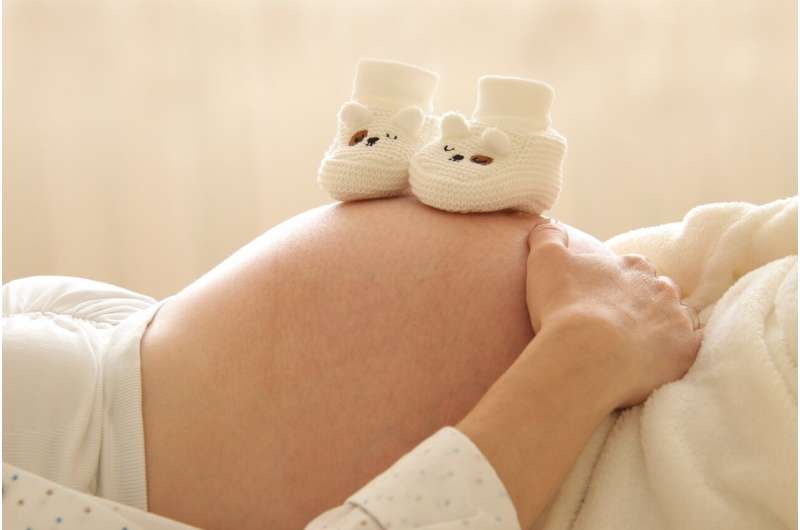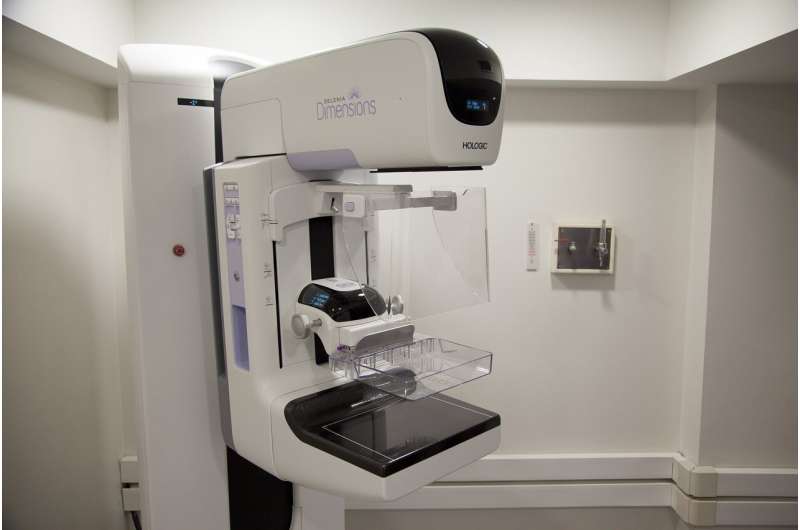Essential Guide to Preventing Urinary Tract Infections Post-Menopause

Learn how hormonal changes after menopause increase UTI risk and discover effective prevention strategies, including hormonal therapy, lifestyle changes, and emerging medical innovations.
Urinary tract infections (UTIs) are more common in women after menopause, yet many are unaware that hormonal changes play a significant role in increasing their risk. This comprehensive guide explores why UTIs develop more frequently during this stage of life and how women can effectively reduce their chances of infection through evidence-based strategies.
One of the primary reasons for the increased prevalence of UTIs post-menopause is the decline in estrogen levels. Estrogen is vital for maintaining the health of the urinary tract tissue. As estrogen diminishes, the lining of the urethra becomes thinner and more prone to injury. Additionally, the immune defense mechanisms on the mucosal surfaces—such as the production of immune cells and protective antibodies—are weakened, making it easier for bacteria to cause infections.
Changes in vaginal flora also contribute to susceptibility. The balance of bacteria that naturally protect against urinary infections can be disrupted, leaving the urinary tract more vulnerable. Other factors that elevate the risk include aging-related weakening of bladder muscles, which can lead to incomplete emptying and urine retention, fostering bacterial growth. Urinary incontinence and bladder issues like pelvic organ prolapse can further increase infection likelihood, especially when moisture and bacteria accumulate.
While sexual activity is often associated with UTIs, it does not directly cause infections; however, it can introduce bacteria into the urinary system, especially if other risk factors are present.
Recognizing the signs of a UTI is crucial for prompt treatment. Typical symptoms include a persistent urge to urinate, burning sensation during urination, increased frequency of small amounts of urine, and pelvic discomfort. Severe infections may involve fever, chills, and back pain, indicating a need for immediate medical attention. Older women or those with conditions like dementia might present with behavioral changes such as confusion or reduced appetite, which should be evaluated by healthcare providers.
To prevent UTIs, women can adopt several effective strategies:
- Vaginal estrogen therapy, which restores the protective barrier of the urinary tract and significantly lowers recurrence risk.
- Non-antibiotic measures like methenamine hippurate, which inhibits bacterial growth, are useful and available through specialized pharmacies.
- Low-dose antibiotics may be prescribed for extended periods or after sexual activity, but their use should be carefully managed due to potential side effects.
- Dietary supplements, including cranberry products rich in proanthocyanidins or probiotic strains like Lactobacillus, might contribute to maintaining a healthy vaginal microbiome, though evidence varies.
- Basic hygiene and lifestyle habits, such as staying well-hydrated, urinating frequently, cleaning the area after sex, and wearing breathable clothing, can help reduce bacterial colonization.
Exciting advances include the development of vaccines that could decrease recurrent UTIs by training the immune system to better combat bacterial invasion. Current trials are ongoing and show promising results.
Women experiencing frequent UTIs should consult their healthcare provider for tailored prevention plans. With knowledge and appropriate interventions, postmenopausal women can effectively lower their risk of urinary tract infections and improve their quality of life.
Stay Updated with Mia's Feed
Get the latest health & wellness insights delivered straight to your inbox.
Related Articles
Innovative Refractive Lens Provides Patients with Excellent Vision Across All Distances
A new refractive intraocular lens shows excellent results in restoring clear vision at all distances, reducing dependence on glasses after cataract surgery. Study findings highlight high patient satisfaction and minimal side effects.
Navigating Pregnancy with Autoimmune Diseases: Challenges and Advances
Advances in medical research now enable women with autoimmune diseases to plan healthier pregnancies, despite ongoing challenges and risks. Learn about the latest treatments and strategies for safe motherhood.
Artificial Intelligence Enhances Early Detection of Breast Tumors in Screening Programs
Artificial intelligence improves early detection of breast tumors in screening programs, surpassing traditional radiologist reviews and promising better patient outcomes.



